Embroiderers have asked me questions regarding the stitch used to stabilize the openwork grid.
They want to know why the stitch in Schwalm whitework is worked so that the slanting stitches crossing the intersections of fabric threads are on the right side of the piece
and not on the wrong side as found, for example, in Hedebo embroidery (please see page 41 of the pdf).
Working a pattern into a grid with slanting stitches on the front makes the pattern appear not as clear as working the pattern with the slanting stitches on the back side.
So, why is it done this way in the Schwalm?
My response:
It is the same reason as for working the stitch on the bias.
Working the stitches on the bias enables the embroiderer to create a couple of different patterns without working a complete openwork grid first. Working this way saves time. And working the slanting stitches on the front establishes a more interesting pattern. Since technique was passed down from teacher to student, usually no alternative method for stabilizing an entire openwork grid was taught. Sometimes the weight of the thread used to stabilize the grid was reduced, thus making the stitches less noticable.
By the way, the Greve Museum for Hedebo Embroidery in Denmark shows interesting pieces. Early Hedebo is a little bit similar to Schwalm whitework.
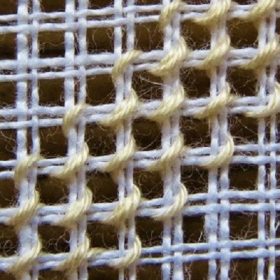
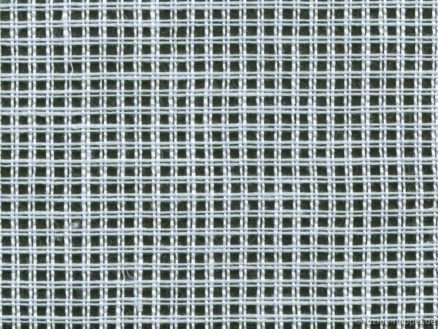
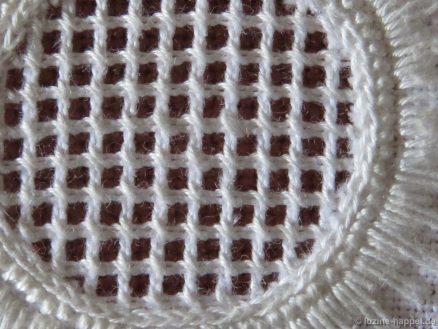
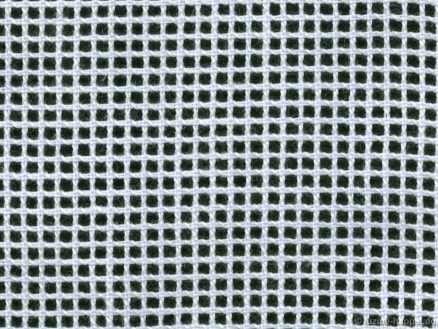
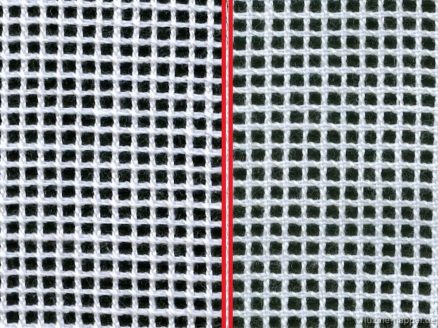


Leave a Reply